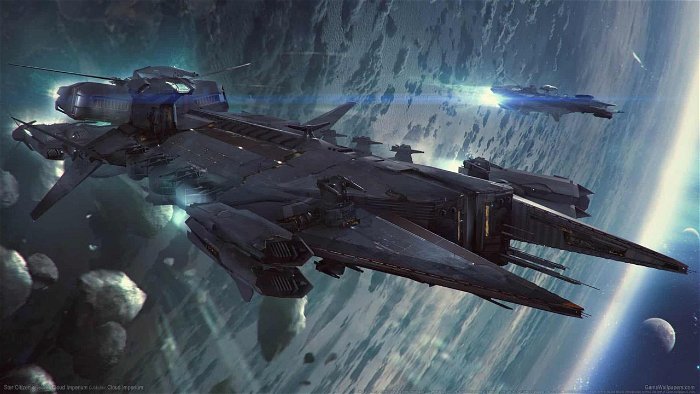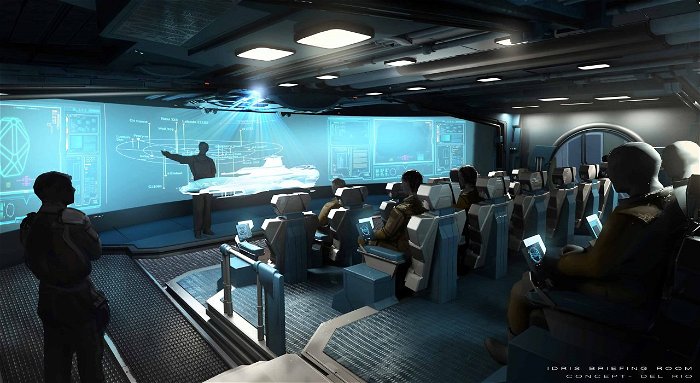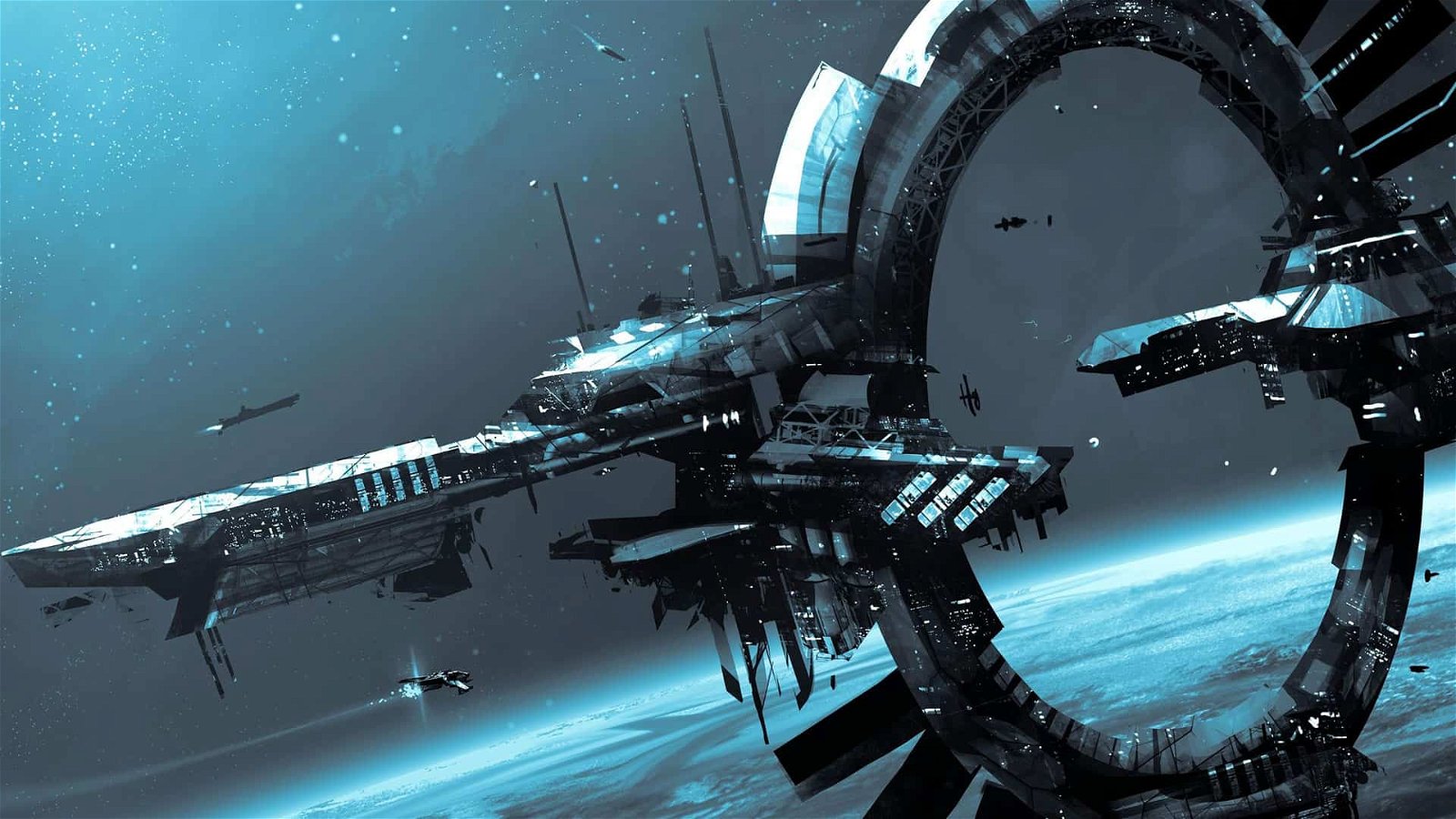On August 14, after months of everybody watching the case waiting with bated breath, Judge Dolly Gee rendered a decision on Cloud Imperium’s motion to dismiss: a firm “Denied!”…except where it was granted.
For those who don’t have much understanding of the law, this can be a rather confusing thing. Already, it’s being interpreted in some quarters as a major blow against Cloud Imperium. But, that’s not really the case.
So what is a motion to dismiss, and what do we make of the result of this one? Did Crytek win, or Cloud Imperium, or both, or neither?
If a lawsuit is a war, a motion to dismiss would be a reconnaissance in strength. It’s a very low-risk move for the Defendant, with a lot of benefits. In a best-case scenario, the Defendant gets the case thrown out and can go home. In a more likely situation, the Defendant narrows down what they have to defend against as various claims are struck by the Plaintiff’s action. Even in a worst case scenario, where no claims are struck, the Defendant has still attacked the Plaintiff’s claim, forcing them to reveal their hand in a way that will help shape their defence to better counter the Plaintiff.
This is also very useful for the courts. Lawsuits are time-consuming, and the more effort taken to crystallize the arguments, the more of everybody’s time is saved. For example, in Ontario’s family law (an area in which the firm I’m associated with practices), any divorce proceeding will go through at least one case conference before it goes to trial, all of which goes towards narrowing the matter down to the real issues for trial (with the hope that a settlement will come out of the process as issues are identified).

It’s important to note that denial of a motion to dismiss, or any of its items, is not even close to a judgement. Instead, it’s a declaration by the court that the issue in question is too complicated to be decided in a summary manner, and needs to undergo proper Discovery and litigation. On every issue where a motion to dismiss has been denied, it is still anybody’s game.
So, what can we make of the result of this motion?
The MTD is DENIED insofar as it seeks dismissal of all causes of action alleged against Defendant RSI;
This is not a surprising result – a full dismissal was unlikely to begin with, and as I have written before, that’s a best case scenario rather than a likely one.
The MTD is GRANTED insofar as it seeks dismissal of the aspect of Plaintiff’s cause of action for breach that is based on section 2.1.2’s “exclusive” grant to embed CryEngine in the Game;
This is a really big win for Cloud Imperium, and for video game developers as a whole. A large part of Crytek’s claim revolved around a definition of “exclusive” that was extremely restrictive and went beyond the term’s normal usage in video game engine licensing. Had Crytek’s definition of “exclusive” been upheld, it would likely have sent shock waves throughout the world of video game development.
Also of note is a footnote regarding clause 2.4, which is a non-compete clause. Judge Gee noted that there was a potential argument to be made that Cloud Imperium may have breached this clause by using another engine, but it’s important to note the conditional “may” – this was an identification of a potential issue that might have been raised at trial, rather than a judgement of contract violation. That said, this ruling may also block it from being introduced at this time – as neither Crytek nor Cloud Imperium mentioned clause 2.4 in their filings, Judge Gee has stated that the court will not consider it in any reply briefs (the next step)The MTD is DENIED insofar as the request to dismiss the cause of action for breach of contract is premised on California Civil Code section 1655’s implied condition and on section 6.1.4 of the GLA, and insofar as Plaintiff’s claim for breach is predicated on CryEngine’s allegedly unauthorized use in Squadron 42;
3) Again, this is a case where the denial was not surprising, as the issue was too complicated to decide without proper Discovery and analysis. To determine the truth would mean that the code from Star Citizen and Squadron 42 was analysed to determine if CryEngine or Lumberyard is what was being used, and at what point the transition took place. So, this is an issue with a legitimate need to be brought to trial.
The MTD is DENIED with respect to Plaintiff’s cause of action for copyright infringement;
This is related to decision #3, in that it revolves around whether CryEngine was used when Squadron 42 became a separate product. But this also defines an important issue for trial: even if Lumberyard is being used right now, when the transition occurred will be a determining factor on the copyright claims. Both sides will now likely implement a Discovery strategy to uncover proof that the engine was transitioned in time or failed to be to support their version of events.
The MTD’s request that the Court dismiss Plaintiff’s prayers for relief is DENIED with respect to monetary damages, injunctive relief, and statutory damages and attorney’s fees, and GRANTED with respect to punitive damages;
With this decision, there’s a win for both Crytek and Cloud Imperium. Knocking punitive damages out of the case was an important step for Cloud Imperium, as it reduces their financial hazard. On the other hand, preserving the right to apply for injunctive relief is a major victory for Crytek – this allows them to file a motion to stop Cloud Imperium from developing Squadron 42, Star Citizen, or both, until such time as the case is finished and a verdict is rendered. It is very likely that this will be one of Crytek’s next moves (but, notably, the fact that this option remains open to Crytek does not mean that such an attempt will succeed).

The MTD’s alternative request that the Court strike allegations in paragraph 15 of the FAC is DENIED.
At first, this seemed a bit surprising, but on closer reflection, it makes sense. How the licensing contract was negotiated does speak to the intentions of the contract, and this in turn can help determine the level of damages.
So, who won? This really depends on how you define victory.
On a strategic level, this is a win, albeit a flawed one, for Cloud Imperium. They’ve removed a cornerstone of Crytek’s complaint, removed punitive damages from the equation, and ferreted out a lot of information from Crytek that they didn’t already have. Judge Gee’s decision provides an important analysis that will better enable Cloud Imperium to structure its defence. Very likely, what we see next from Cloud Imperium in terms of tactics and strategy will be at least partly, if not heavily, informed by the information they have gained from this motion. The main problem is that they didn’t manage to knock out the possibility of injunctive relief, and that could cause Cloud Imperium some serious damage before long. But, the proverbial road to victory for Cloud Imperium is now clearer than it was when the lawsuit was filed.
On a tactical level, this is a solid win for Crytek. Their complaint came under attack, and most of it survived, including the right to file for an injunction (which may end up being more meaningful than many of the damages claimed). This was the first test “under fire” of their claim, and they now better know which parts still have legs and which parts don’t. Just as with Cloud Imperium, Crytek will be taking a close look at Judge Gee’s analysis and using it to craft the next stage of their plan of attack.

What will happen next is that we will likely see another round of pleadings as both sides refine their arguments based on this decision, with Crytek filing for an injunction along the way. Once this is done, and Cloud Imperium’s defence is finalized, the case will move into Discovery, and evidence will begin to emerge (and at least some will hopefully be available to the public).
Robert B. Marks is a writer, editor, publisher, and an associated researcher with Barry Bien Legal.
Want to see more videos? Subscribe to our YouTube channel and check out the First 15: Fe, Monster Hunter World Beta: the Insatiable Nergigante, Dissidia Final Fantasy NT, Star Wars Battlefront II, Sonic Forces + Episode Shadow, and Super Mario Odyssey!
Don’t forget to tune in every Friday the Pixels & Ink Podcast to hear the latest news, previews, and in-depth game discussions!
Never miss when new CGM articles go out by following us on Twitter and Facebook!
CGMagazine is Canada’s premiere comics and gaming magazine. Subscribe today to get the best of CGM delivered right to your door! Never miss when a new issue goes live by subscribing to our newsletter! Signing up gives you exclusive entry into our contest pool. Sign up once, you’ll have a chance to win! Sign up today!




